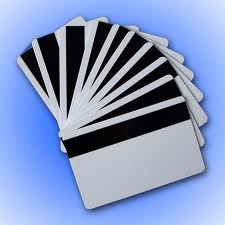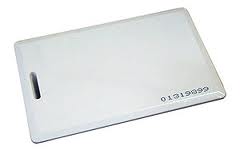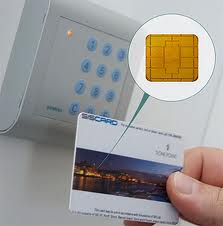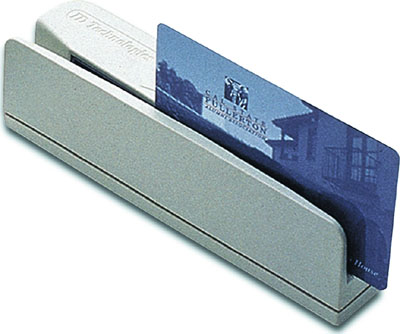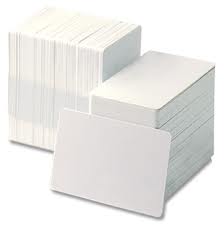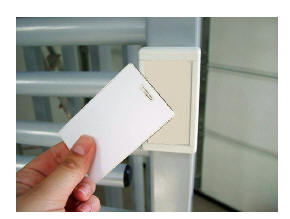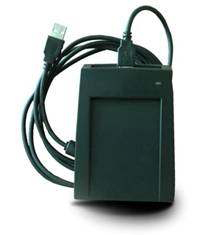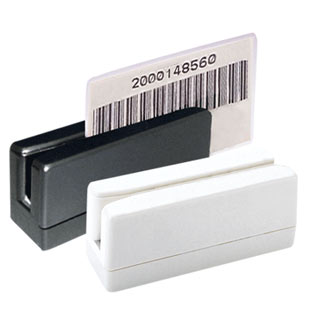Description of Magnetic Card
Magnetic stripes are increasingly used in many areas. Some examples of the use
Key-Features of Magnetic Card
Magnetic stripes are increasingly used in many areas. Some examples of the use of the technology range from the familiar credit and debit cards, transit tickets, and access control cards to some applications you may not have been aware of. Telephone debit cards have a value associated with the card that is decremented every time the card is used. This information is stored on the magnetic stripe and is changed with every phone call. The new Airline Ticket Boarding Passes have a magnetic stripe on the back. If you have a card type ticket (not the old flimsy red tickets), you probably have a magnetic stripe on the back. The stripe is used to hold information about you and your flight. The latest new use for magnetic stripe is on your driver’s license. The stripe will allow error free identification of you when it is swiped through a terminal. This eliminates typing errors in copying from the license.
Technical Specification of Magnetic Card
Magnetic stripe cards are simply PVC cards with either black or brown stripes on them made up of magnetic particles of resin. Brown stripes are generally low-coercivity (LoCo), while blank stripes are high-coercivity cards (HiCo). Coercivity is the ability of the magnetic tape to resist demagnetization. Magnetic stripe cards can both be printed and encoded in a printer / encoder equipped with a magnetic head. Magnetic stripe can be done on three tracks.
A magnetic stripe card is a type of card capable of storing data by modifying the magnetism of tiny iron-based magnetic particles on a band of magnetic material on the card. The magnetic stripe, sometimes called swipe card or magstripe, is read by physical contact and swiping past a magnetic reading head.A number of International Organization for Standardization standards, ISO/IEC 7810, ISO/IEC 7811, ISO/IEC 7812, ISO/IEC 7813, ISO 8583, and ISO/IEC 4909, define the physical properties of the card, including size, flexibility, location of the magstripe, magnetic characteristics, and data formats. They also provide the standards for financial cards, including the allocation of card number ranges to different card issuing institutions.

